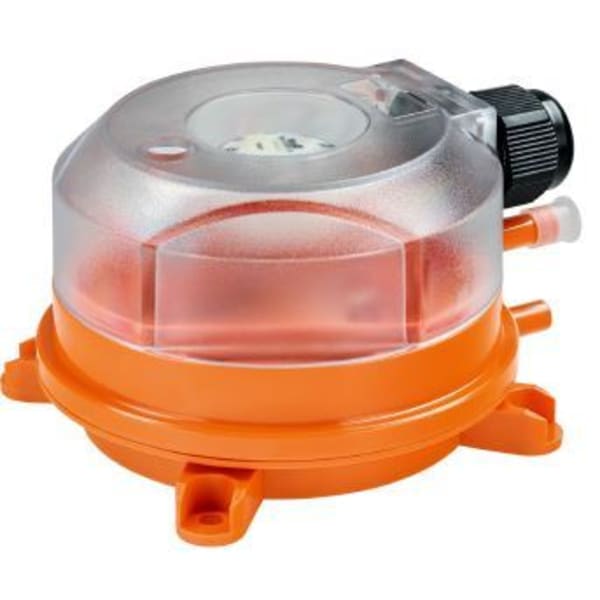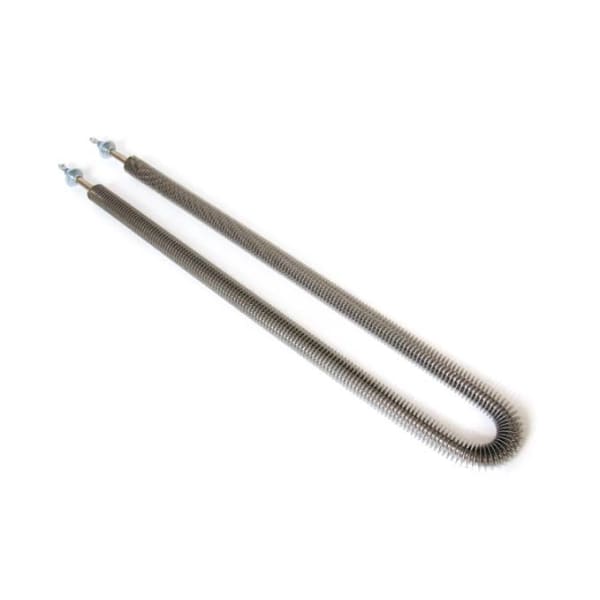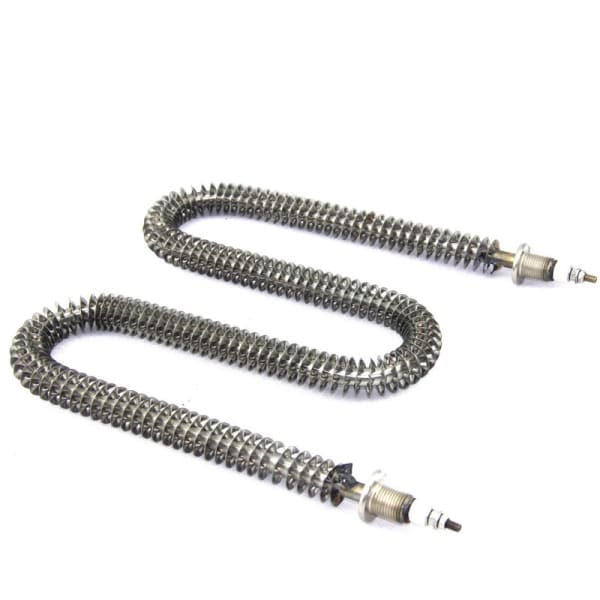Industrial Heating
Heating an object or substance involves increasing the amount of thermal or molecular kinetic energy. Heat energy always flows from hot regions to cold regions until equilibrium is achieved. At that point, "heating" the cooler region ceases and an isothermal state is achieved.
In a strict sense, heating can only be accomplished in two ways; conduction and radiance. Convection is a type of conduction heating.
Conduction: The mode of heat transfer within a substance or by solids in direct contact with each other when a temperature difference exists. Conduction heating is most influenced by how easily the heat travels through the substance--its thermal conductivity--and how much mass there is to absorb the heat energy.
Convection: The mode of heat transfer associated with conduction in which heat is transferred from a higher temperature region in a fluid (liquid or gas) to a lower temperature region. This is accomplished through buoyancy. As the heated fluid in contact with a heat source expands, it develops less weight per unit volume and rises; and is replaced by the surrounding, cooler, heavier fluid. This results in movement of masses within the fluid to create convection currents. Influencing convection heating are the fluid's permissible watt densities, thermal conductivity and expansion coefficient.
Radiance: The heating process that directs radiant energy, in the form of electromagnetic waves, onto an object. The earth is heated by the sun's radiant energy. While all electromagnetic waves will "heat," the most useful heating energy is contained in the infrared portion of the electromagnetic spectrum. Radiant heating is most often used for heating solids and liquids. Gases are generally unaffected due to their transparent nature. The major factors in radiant heating are the distance between object and heat source, and how well it absorbs radiant energy. For instance, a dark, matte finish is more absorbent than a light, bright polished surface.
$126.09
$1,536.52
$1,749.57
$100.00
$131.00
$112.60
$121.73
$126.31
$133.91
$195.65
$161.30
$173.04
$189.56
$203.91
$180.43
$216.52
$136.53
$142.61
$127.82
$136.52
$141.30
$148.69
$160.86
























